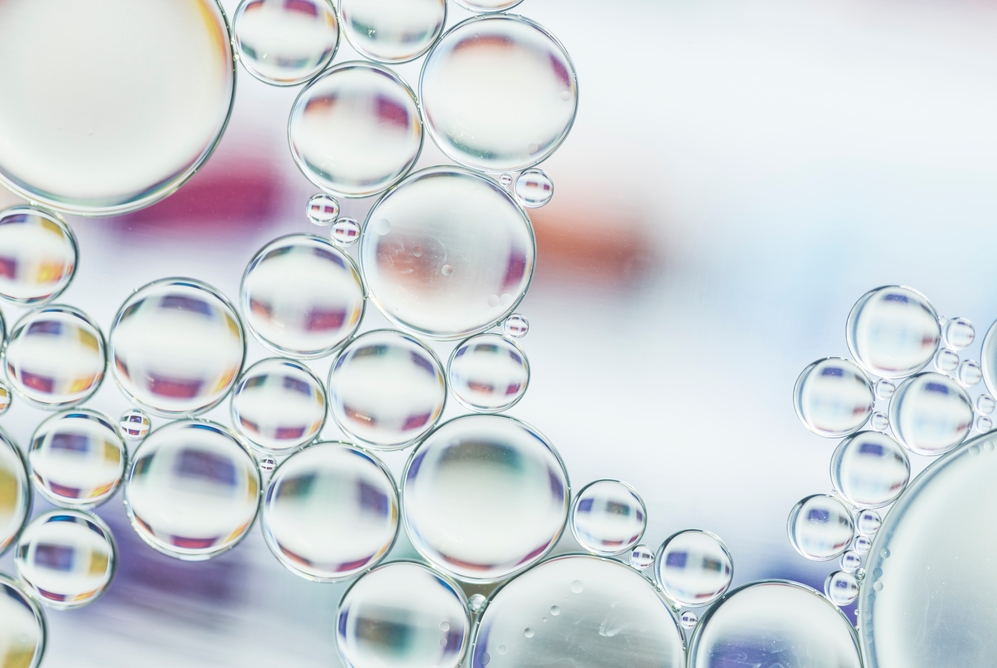Abstract
Surfactants play a pivotal role in the formation and stabilization of emulsions and foams, which are critical in various industries including food, cosmetics, pharmaceuticals, and petroleum. This article explores the fundamental mechanisms by which surfactants influence the stability of these colloidal systems, focusing on their interfacial behavior, molecular structure, and interactions with other components. The discussion also highlights recent advancements and challenges in the application of surfactants to enhance the performance and longevity of emulsions and foams.
Introduction
Emulsions and foams are ubiquitous in both natural and industrial processes. Emulsions are mixtures of two immiscible liquids, typically oil and water, while foams are dispersions of gas bubbles in a liquid or solid matrix. The stability of these systems is crucial for their functionality and application. Surfactants, or surface-active agents, are amphiphilic molecules that adsorb at the interfaces between immiscible phases, reducing interfacial tension and stabilizing the system. This article delves into the impact of surfactants on the stability of emulsions and foams, examining the underlying principles and practical implications.
Mechanisms of Surfactant Action
Surfactants stabilize emulsions and foams through several mechanisms:
Reduction of Interfacial Tension: Surfactants adsorb at the oil-water or air-water interface, reducing the interfacial tension. This facilitates the formation of smaller droplets or bubbles, which are less prone to coalescence.
Formation of Interfacial Films: Surfactants form a protective film around droplets or bubbles, preventing their coalescence. The strength and elasticity of this film are critical for long-term stability.
Electrostatic Repulsion: Ionic surfactants impart a charge to the droplets or bubbles, creating electrostatic repulsion that hinders their aggregation.
Steric Hindrance: Non-ionic surfactants and polymers can provide steric stabilization by creating a physical barrier that prevents close approach and coalescence of droplets or bubbles.
Factors Influencing Surfactant Performance
The effectiveness of surfactants in stabilizing emulsions and foams depends on several factors:
Molecular Structure: The balance between the hydrophilic and hydrophobic parts of the surfactant molecule determines its affinity for the interface and its ability to reduce interfacial tension.
Concentration: The concentration of surfactant must be sufficient to saturate the interface and form a stable film. Excess surfactant can lead to micelle formation, which may destabilize the system.
Environmental Conditions: Temperature, pH, and ionic strength can affect the behavior of surfactants. For example, temperature changes can alter the solubility and interfacial activity of surfactants.
Interactions with Other Components: The presence of other ingredients, such as salts, proteins, or polymers, can influence surfactant behavior and the overall stability of the system.
Applications and Challenges
Surfactants are widely used in various applications:
Food Industry: Emulsions like mayonnaise and salad dressings rely on surfactants for stability. Foams in whipped cream and mousses also depend on surfactant action.
Cosmetics: Lotions, creams, and shampoos use surfactants to create stable emulsions and foams, enhancing texture and sensory properties.
Pharmaceuticals: Drug delivery systems often utilize emulsions and foams stabilized by surfactants to improve bioavailability and controlled release.
Petroleum Industry: Surfactants are used in enhanced oil recovery to stabilize emulsions and foams, improving extraction efficiency.
Despite their widespread use, challenges remain in optimizing surfactant performance. These include the development of environmentally friendly and biodegradable surfactants, understanding complex interactions in multi-component systems, and tailoring surfactant properties for specific applications.
Conclusion
Surfactants are indispensable in the stabilization of emulsions and foams, influencing their formation, structure, and longevity. By understanding the mechanisms of surfactant action and the factors affecting their performance, it is possible to design more effective and sustainable colloidal systems. Continued research and innovation in surfactant science will pave the way for new applications and improved stability in a wide range of industries.


